Exploring Queer Identity And Family Conflict In The Wedding Banquet
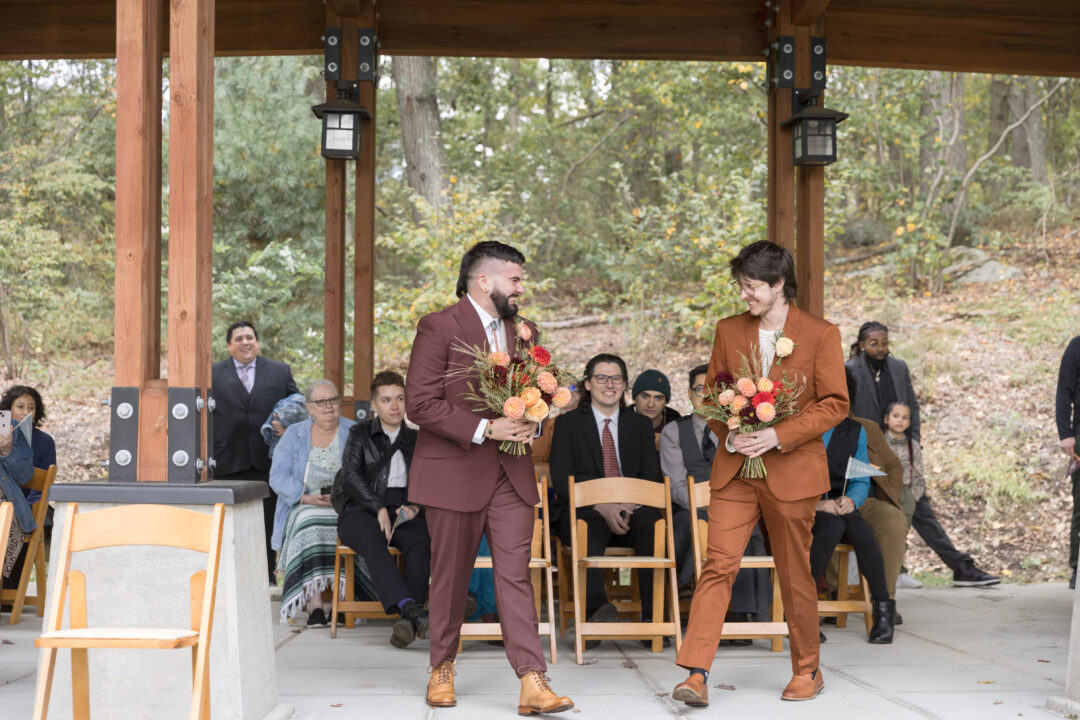
Table of Contents
The Pressure of Cultural Expectations and Traditional Family Values
Wei-Tung, the film's protagonist, embodies the immense pressure faced by many first-generation immigrants to conform to traditional Chinese values. For him, the expectation of marriage isn't merely about finding a partner; it's about fulfilling a filial duty, maintaining "face" (面子), and upholding the family's honor within the Chinese-American community. This pressure is amplified by the generational gap between Wei-Tung and his parents, who hold deeply ingrained beliefs about family structure and societal norms – beliefs that clash sharply with Wei-Tung's reality.
- The weight of filial piety in Chinese culture: Wei-Tung feels obligated to satisfy his parents' desire for grandchildren and a traditional family lineage, a cornerstone of Chinese cultural values.
- The expectation of a traditional marriage and lineage: The pressure to marry a "suitable" woman and produce children is immense, representing the continuation of the family name and legacy.
- The shame associated with homosexuality within the family: The unspoken fear of revealing his homosexuality stems from the potential for profound shame and rejection within his family, a fear deeply rooted in traditional Chinese values. This fear contributes significantly to the family conflict at the heart of the film.
Wei-Tung's Secret Life and the Performance of Heterosexuality
Wei-Tung's secret relationship with Simon highlights the lengths to which some LGBTQ+ individuals must go to conceal their true identities to avoid familial conflict. He meticulously constructs a facade of heterosexuality, culminating in the elaborate "fake" wedding to appease his parents. This deception becomes a complex performance, revealing both the comedic and tragic elements of his situation. The emotional toll of maintaining this double life is palpable, creating a profound internal conflict between his desire for authenticity and the need to fulfill his family's expectations, a common struggle for many grappling with their queer identity.
- The deceptive nature of the marriage arrangement: The "fake" wedding serves as a central symbol of Wei-Tung's double life, representing the compromises he makes to navigate the expectations of his culture and family.
- The emotional toll of maintaining a double life: The film subtly portrays the psychological burden of hiding his true self, showcasing the exhaustion and emotional strain of living a lie.
- The comedic and tragic elements of Wei-Tung’s situation: The film expertly blends humor and pathos, capturing the absurdity and heartbreak of Wei-Tung's predicament. This balance enhances the emotional impact of his struggle with his gay identity.
The Evolution of Family Dynamics and Acceptance (or Lack Thereof)
As the truth about Wei-Tung's homosexuality gradually unfolds, the family dynamics shift dramatically. The parents' initial reactions range from disbelief and disappointment to a gradual, albeit hesitant, acceptance. The film doesn't offer a neat resolution; instead, it explores the complexities of communication (or its absence) in resolving family conflict and the potential for understanding within a traditional family structure. The ambiguous ending leaves room for interpretation, questioning whether true acceptance has been achieved or whether further work is needed.
- The gradual shift in the parents' perceptions: While not immediate, the film hints at a potential for understanding and acceptance, showing the possibility of bridging the gap between generations and differing perspectives.
- The role of communication (or lack thereof) in resolving conflict: The film underscores the importance (or lack thereof) of open communication in addressing complex family issues, highlighting how misunderstandings can fuel conflict.
- The film's ambiguous ending and its implications for the future: The open-ended nature of the conclusion encourages viewers to reflect on the evolving nature of family relationships and the ongoing journey toward acceptance.
The Universal Theme of Family Conflict and the Search for Identity
The Wedding Banquet transcends its specific cultural context, exploring the universal theme of family conflict and the search for self-acceptance. This resonates deeply with contemporary audiences who grapple with similar struggles, regardless of their cultural background. The film's enduring relevance lies in its portrayal of the challenges faced by LGBTQ+ individuals in navigating family expectations and societal pressures. It serves as a powerful cultural artifact reflecting changing social norms regarding homosexuality and identity.
- The film's relevance to contemporary audiences: The themes of self-discovery, family acceptance, and cultural clashes continue to resonate strongly with viewers today.
- The lasting impact of Ang Lee's storytelling: Ang Lee's masterful direction and storytelling create a timeless piece of cinema that continues to generate discussion and inspire reflection.
- The ongoing struggle for LGBTQ+ acceptance and equality: The film acts as a reminder of the persistent struggles faced by the LGBTQ+ community in their quest for acceptance and equality.
Reflecting on Queer Identity and Family Acceptance in The Wedding Banquet
The Wedding Banquet masterfully explores the interwoven themes of cultural expectations, hidden identities, family conflict, and the deeply personal journey toward self-acceptance. Ang Lee's cinematic portrayal of Wei-Tung's struggle offers a poignant and enduring exploration of queer identity within the complexities of family dynamics. This film remains a significant cinematic work, prompting crucial conversations about LGBTQ+ representation and the ever-evolving understanding of family. Watch The Wedding Banquet, explore the complex queer themes presented, and discuss the intricacies of family conflict to gain a deeper understanding of LGBTQ+ identity. Further reading on LGBTQ+ representation in film and the nuances of cultural identity will enhance your appreciation of this cinematic masterpiece. Start by watching The Wedding Banquet and contribute to the ongoing dialogue about queer identity and family acceptance.

Featured Posts
-
 Changes To Reddits Upvote System Targeting Violent Content
May 18, 2025
Changes To Reddits Upvote System Targeting Violent Content
May 18, 2025 -
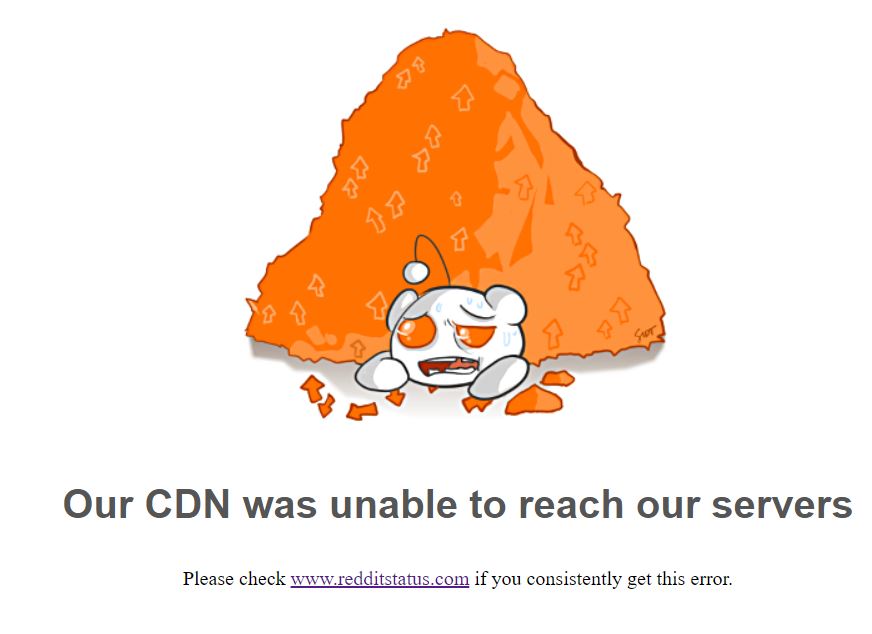 Reddit Down Thousands Of Users Worldwide Affected
May 18, 2025
Reddit Down Thousands Of Users Worldwide Affected
May 18, 2025 -
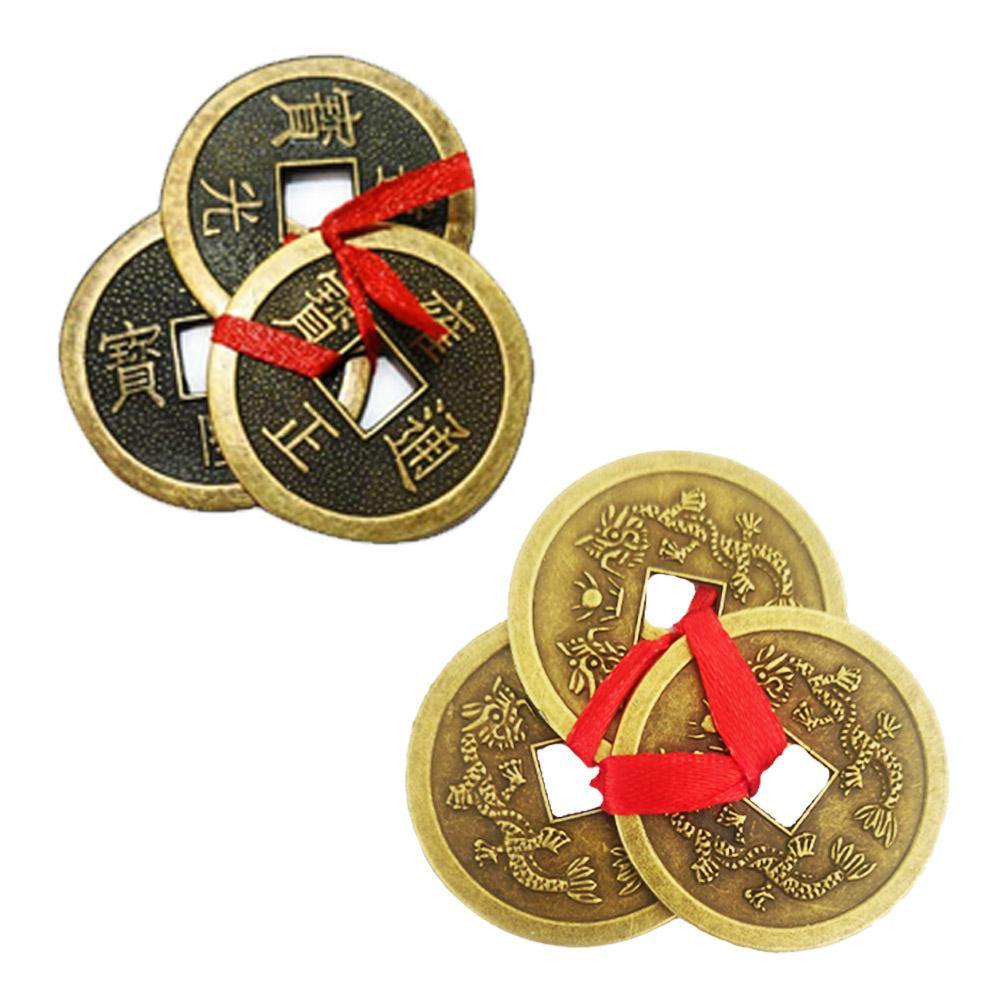 Fortune Coins March To Fortune Your Guide To Winning
May 18, 2025
Fortune Coins March To Fortune Your Guide To Winning
May 18, 2025 -
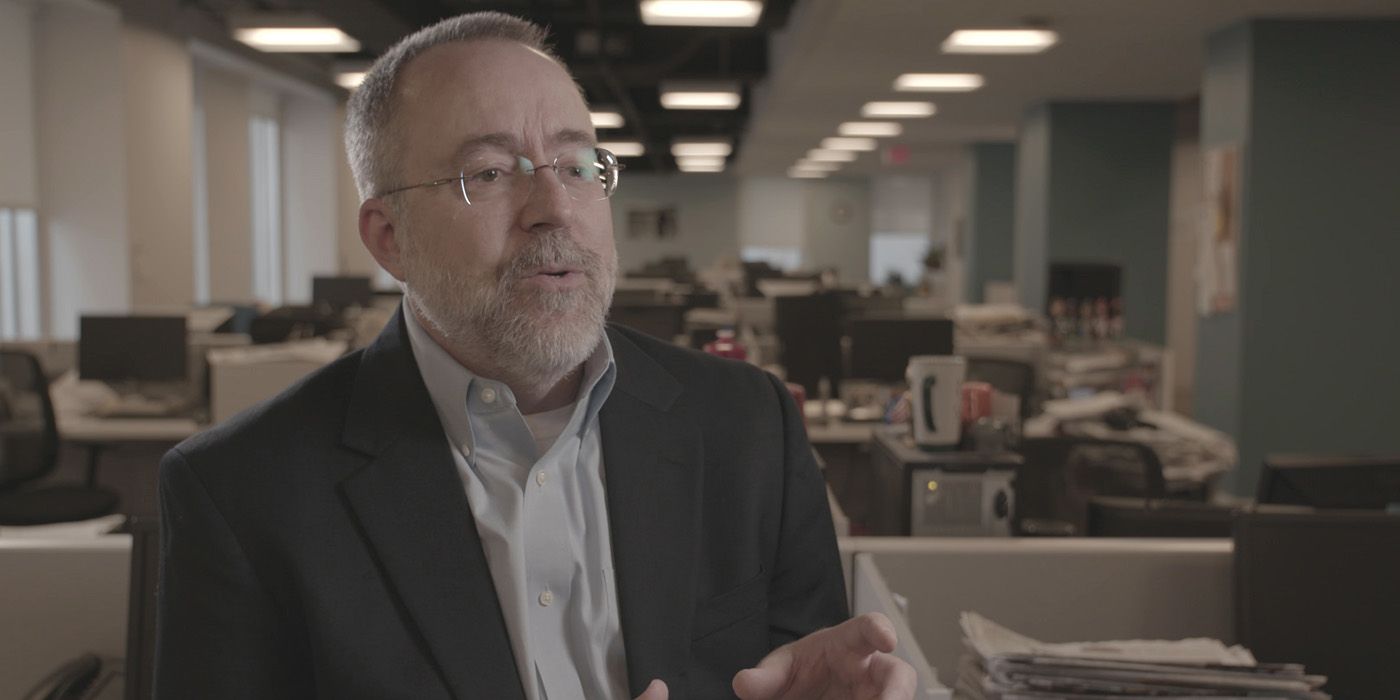 True Crime Docuseries Outperforms Netflixs 96 Rt Romance Drama
May 18, 2025
True Crime Docuseries Outperforms Netflixs 96 Rt Romance Drama
May 18, 2025 -
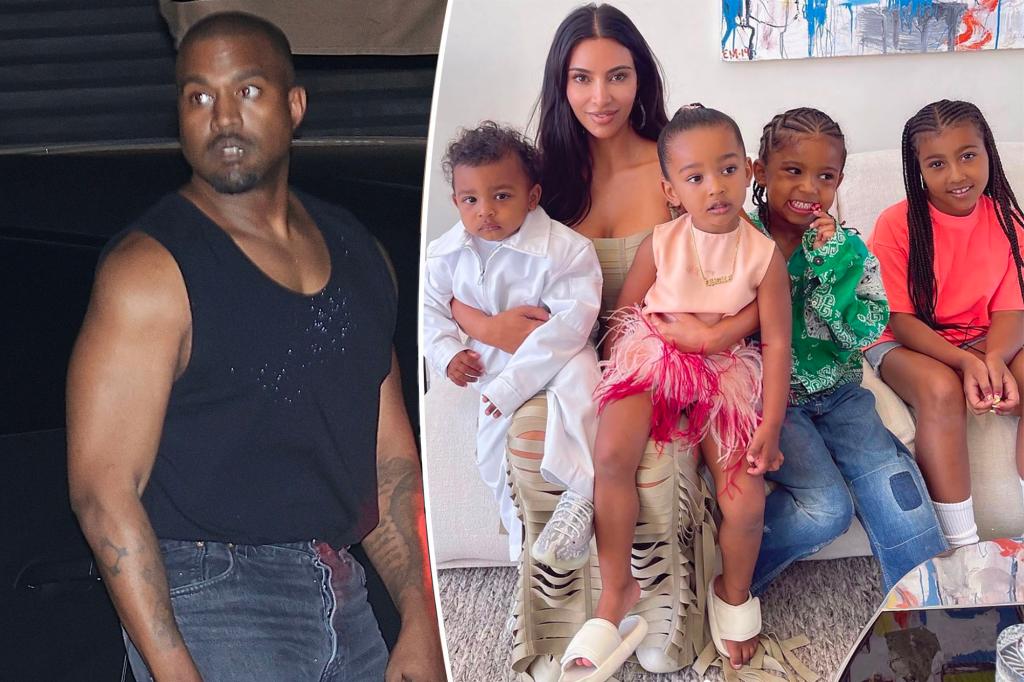 Kanye West Can See His Kids Dispelling Recent Claims
May 18, 2025
Kanye West Can See His Kids Dispelling Recent Claims
May 18, 2025
Latest Posts
-
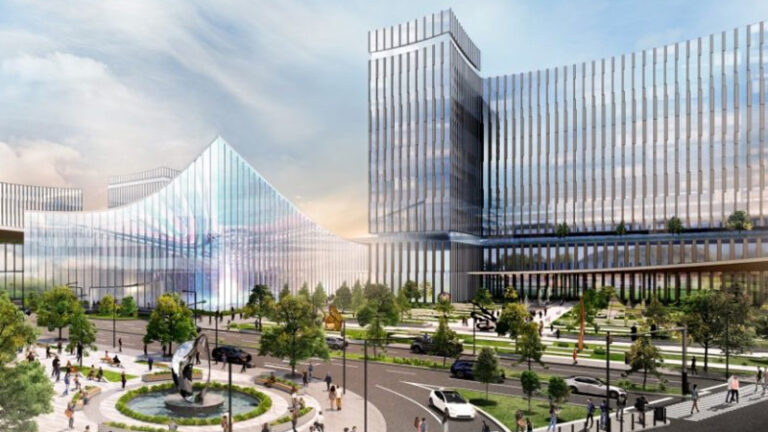 4 Billion Nassau Coliseum Casino Plan Scrapped By Las Vegas Sands
May 18, 2025
4 Billion Nassau Coliseum Casino Plan Scrapped By Las Vegas Sands
May 18, 2025 -
 A Guide To The Top Bitcoin And Cryptocurrency Casinos For 2025
May 18, 2025
A Guide To The Top Bitcoin And Cryptocurrency Casinos For 2025
May 18, 2025 -
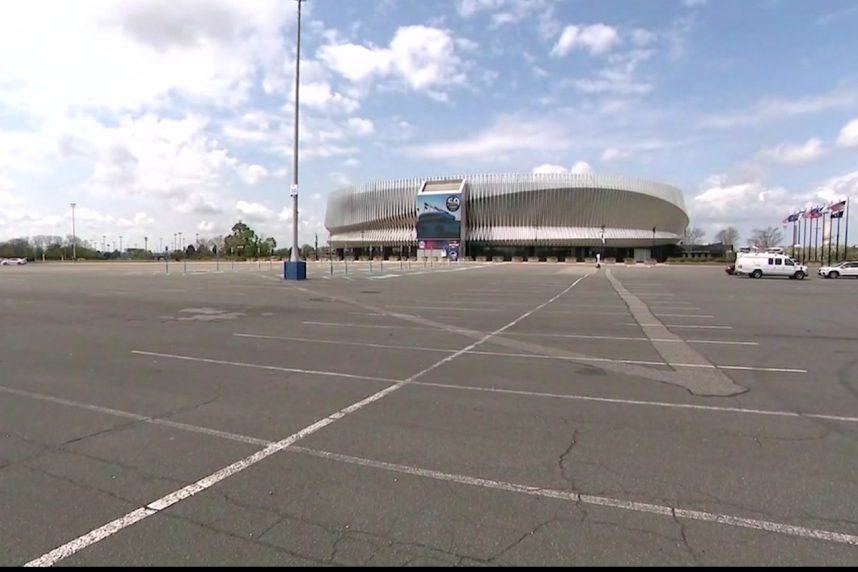 Las Vegas Sands Abandons Nassau Coliseum Casino Project
May 18, 2025
Las Vegas Sands Abandons Nassau Coliseum Casino Project
May 18, 2025 -
 Reliable Bitcoin And Crypto Casinos Your 2025 Guide
May 18, 2025
Reliable Bitcoin And Crypto Casinos Your 2025 Guide
May 18, 2025 -
 Comparing The Top Australian Crypto Casino Sites In 2025
May 18, 2025
Comparing The Top Australian Crypto Casino Sites In 2025
May 18, 2025
